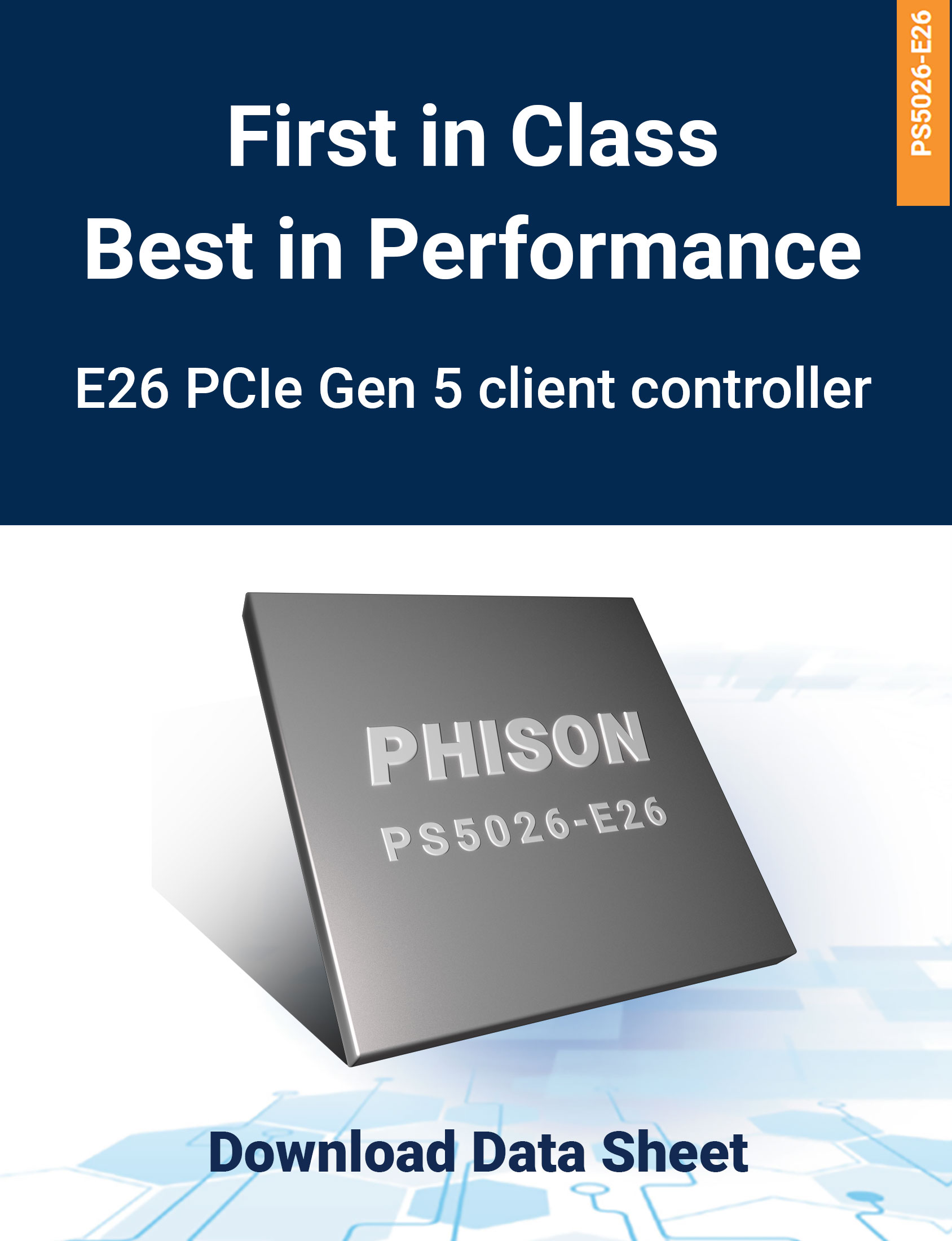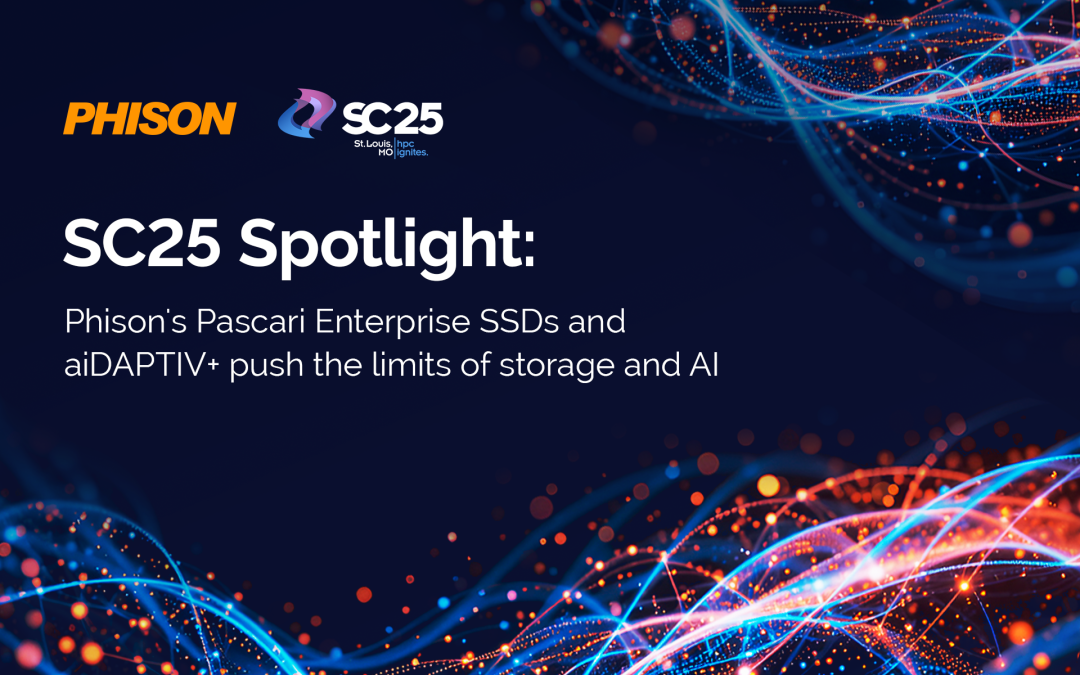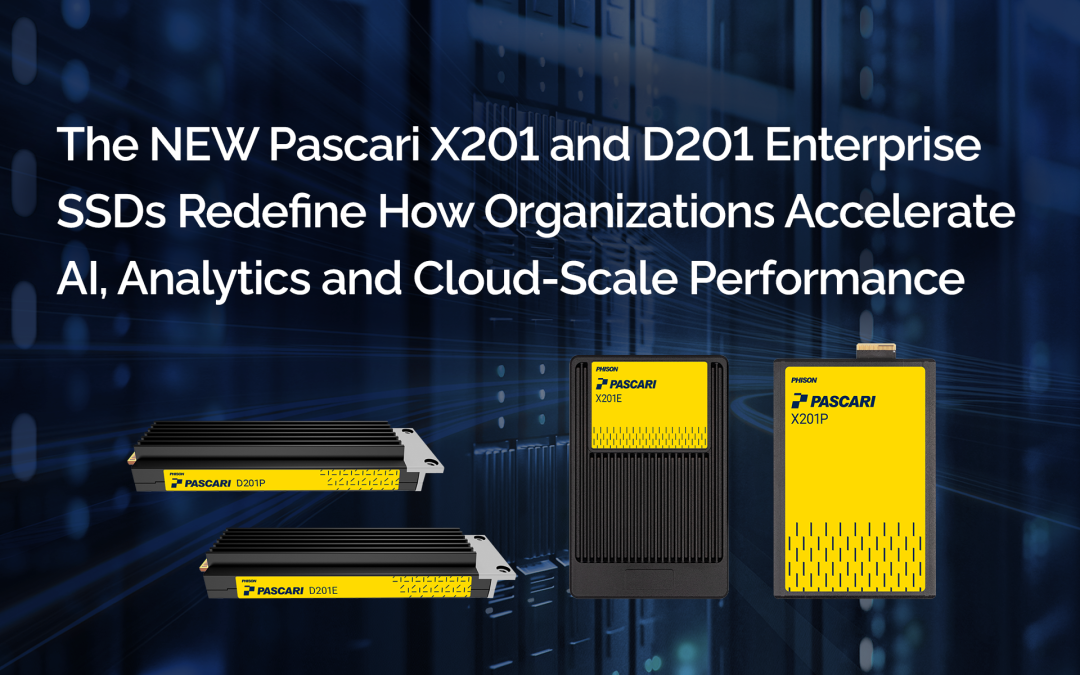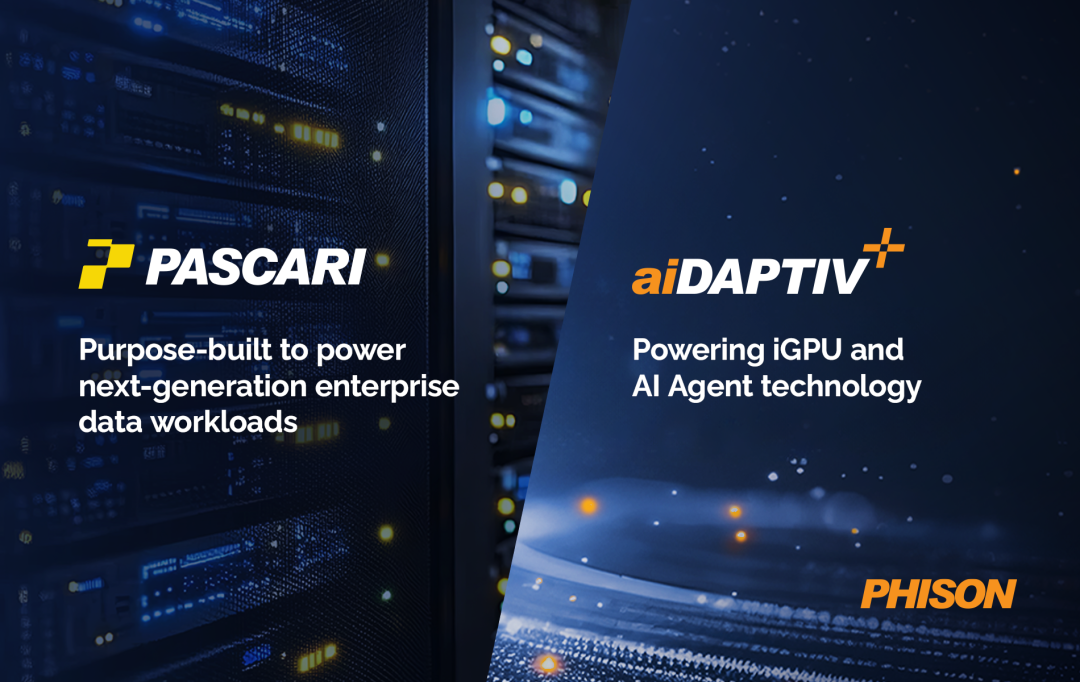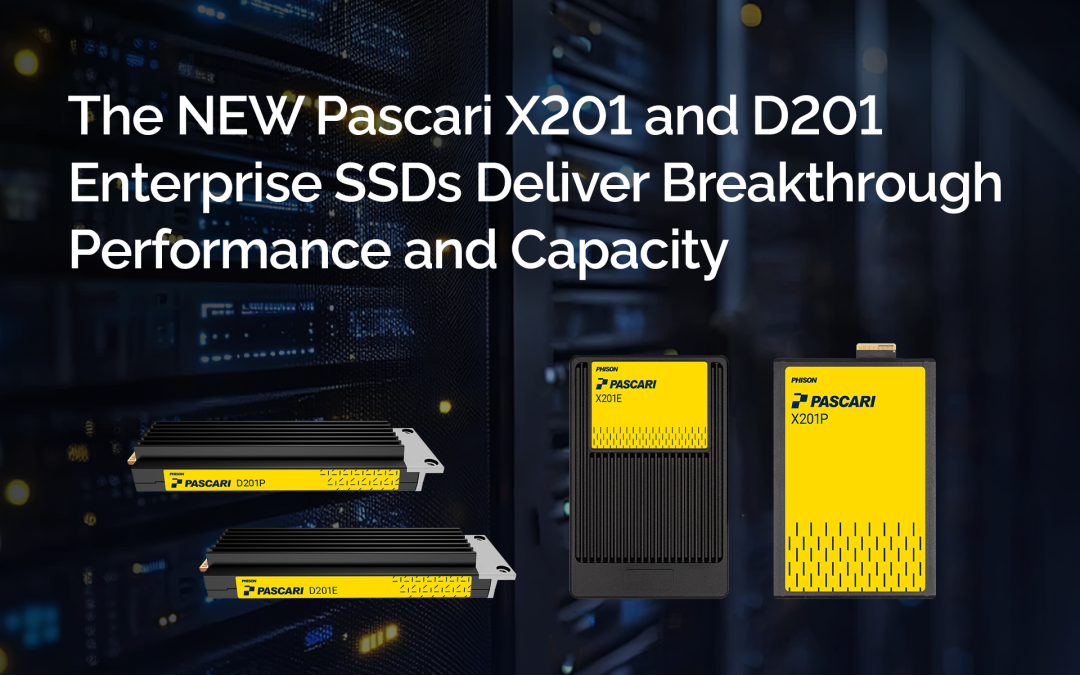Read-intensive applications like video-on-demand create a unique set of demands on solid-state drives (SSDs). This is not just a matter of performance. The optimal SSDs for read-intensive applications offer high rack density, low power consumption, fast block transfers and fast response times. Phison’s ESR1610 series meets these criteria.
What does it mean to be read-intensive?
Applications either read or write data onto storage devices. Some of the time, there’s a balance between the reading and writing. In that case, the application is creating new data (writing) or reading old data off the device in roughly equal proportions. In the storage industry, applications that typically write to and read from the SSD in the same proportion are considered “mixed-use.” Some applications are write-intensive, meaning they are almost always generating new data that needs to be written to storage. Examples include database logging and video surveillance. A read-intensive application, in contrast, is pulling data off the storage device far more often than it writes.
Examples of read-intensive applications
There are many examples of read-intensive applications. Most of them involve the end user experiencing the data or needing to process the same data more than once. For instance:
-
-
- Retail websites—where customers need to see photos and text about products, which the e-commerce application reads from storage.
- Medical imaging—where healthcare professionals need to view MRIs, X-rays and so forth.
- Video-on-demand—where viewers watch videos that play (read) from storage devices.
- Social media—where users view text, images and videos that are read from storage.
- Read-intensive databases—whose users need to work with an existing data set multiple times, but not change it very often.
- Rack storage companies—which create dedicated appliances for video streaming, social media and read-intensive databases.
-
The need for read-intensive SSDs is being driven by a number of trends. One is the growth in digital content and consumer appetites for content-rich experiences. Other relevant trends include social media and digital transformation, which frequently includes the streaming of content. These factors create a significant need for storage with large capacity and that is highly optimized for read-intensive applications.
Challenges in read-intensive applications
Supporting read-intensive workloads can be challenging, especially for hyperscalers and edge computing infrastructure providers. Storage managers are concerned that there never seems to be enough capacity for read-intensive applications. The qualification cycles, or the time it takes engineers to test and verify that a new-generation SSD will perform well before it is installed into equipment, can be very long. In order to keep power consumption and cooling costs down, these applications need high rack density, measured in the amount of gigabytes (GB) of storage that occupies a fixed amount of space. Overall, hyperscalers and edge computing firms are seeking the best dollar-per-GB of read-intensive storage in the smallest form factors that they can find. This has not been an easy quest, though that is starting to change.
Characteristics of a read-intensive SSD
A read-intensive SSD has different characteristics from a mainstream SSD that is designed for write-intensive or mixed-use workloads. Read-intensive SSDs are typically made with triple-level cell (TLC) or quad-level cell (QLC) NAND flash memory, storing three or four bits per NAND cell, respectively.
The higher bit-per-cell capacity makes the QLC SSD less expensive than TLC SSDs or SSDs with two bits per cell (MLCs). Industry analysts forecast that QLC SSDs will be priced significantly lower than TLC SSDs with similar capacity. The more bits per cell translates into fewer program and erase (P/E) cycles; however, the lower rate of P/E cycles does not affect the drive’s longevity because the application is primarily read-intensive. The amount of writes sent to the SSD will not in this case adversely affect the overall life of the device.
How Phison meets the needs of read-intensive applications
Phison is the only provider of a 2.5” 15.36 TB 7mm SATA SSD drive that is optimized for read-intensive applications. As embodied in the Phison ESR1610 series, it offers the highest rack storage densities. The series features low power consumption, along with fast block transfers for reading data—essential for read-intensive applications. The ESR1610 series also provides fast response times for commands, which is described as high Quality of Service (QoS) command time execution..
The ESR1610 has a legacy 6 GB/s Serial Advanced Technology Attachment (SATA III) interface. It is a customizable SSD platform with the world’s highest-capacity 2.5″ SATA. The drive can store up to 15.36 TB in QLC NAND flash memory, making the ESR1610 competitive in terms of price-to-capacity ratio.
It offers a maximum usable performance of ~550 MB/s, which is significantly faster than any SATA hard disk drive. This performance is suitable for most read-intensive applications, and the legacy interface further enables the drive to be value priced.
The ESR1610 is of a standard size and only 7mm thick. The drive will fit any 2.5” hard disk drive (HDD) slot that currently has 7mm or higher thickness—making it an easy upgrade to replace HDDs or to fit in chassis originally made for HDDs.
Some IT managers at hyperscale data centers have taken advantage of the ESR1610 series SSDs and installed them in 4U rack enclosures, each of which can hold up to 72 2.5” drives for a capacity of up to 1.1 PB. A full 48U rack can store up to 13 PB of data for read-intensive applications.
Phison is unique, too, in that it makes the controller and firmware as well as the SSD itself. The company’s expertise in the development and manufacture of the SSD spans every critical area of technology inside. The result is the best combination of performance at low power. Phison then backs up the ESR1610 series with global customer support and a 5 year warranty that ensures customer’s read-intensive applications will run smoothly all the time. To learn more about Phison’s ESR1610 series, visit https://www.phison.com/en/s12dc-enterprise-customizable-platform
Frequently Asked Questions (FAQ) :
What distinguishes a read-intensive SSD from mixed-use or write-intensive drives?
Read-intensive SSDs are optimized for applications where data is mostly retrieved, not modified. Unlike mixed-use or write-heavy drives, they use QLC or TLC NAND with fewer P/E cycles, sufficient because writes are infrequent. They offer cost-effective, high-capacity storage with power-efficient performance.
Why is QLC NAND ideal for read-intensive workloads?
QLC (quad-level cell) NAND stores more bits per cell, lowering cost per GB. Although QLC has fewer write cycles than TLC or MLC, it’s well-suited for read-centric tasks, where drive wear from writing is minimal. This maximizes density and reduces cost without sacrificing longevity in these use cases.
How does Phison’s vertical integration enhance SSD performance?
Phison designs the controller, firmware, and SSD in-house, enabling tight hardware/software co-design. This results in optimized power efficiency, fast block transfers, and consistent QoS, critical for enterprise reliability and application responsiveness.
How does Phison ensure reliability in read-intensive deployments?
Despite QLC’s lower endurance, the ESR1610’s architecture matches the low write demands of read-heavy use cases. Backed by Phison’s quality firmware and a 5-year warranty, it delivers dependable long-term service with minimal risk of performance degradation.
What makes Phison unique in the enterprise SSD market?
Phison is the only supplier offering a 15.36TB, 7mm SATA SSD tailored for read-intensive use. Its end-to-end control, from NAND tuning to firmware, lets Phison deliver application-specific SSDs with unmatched optimization and support.




